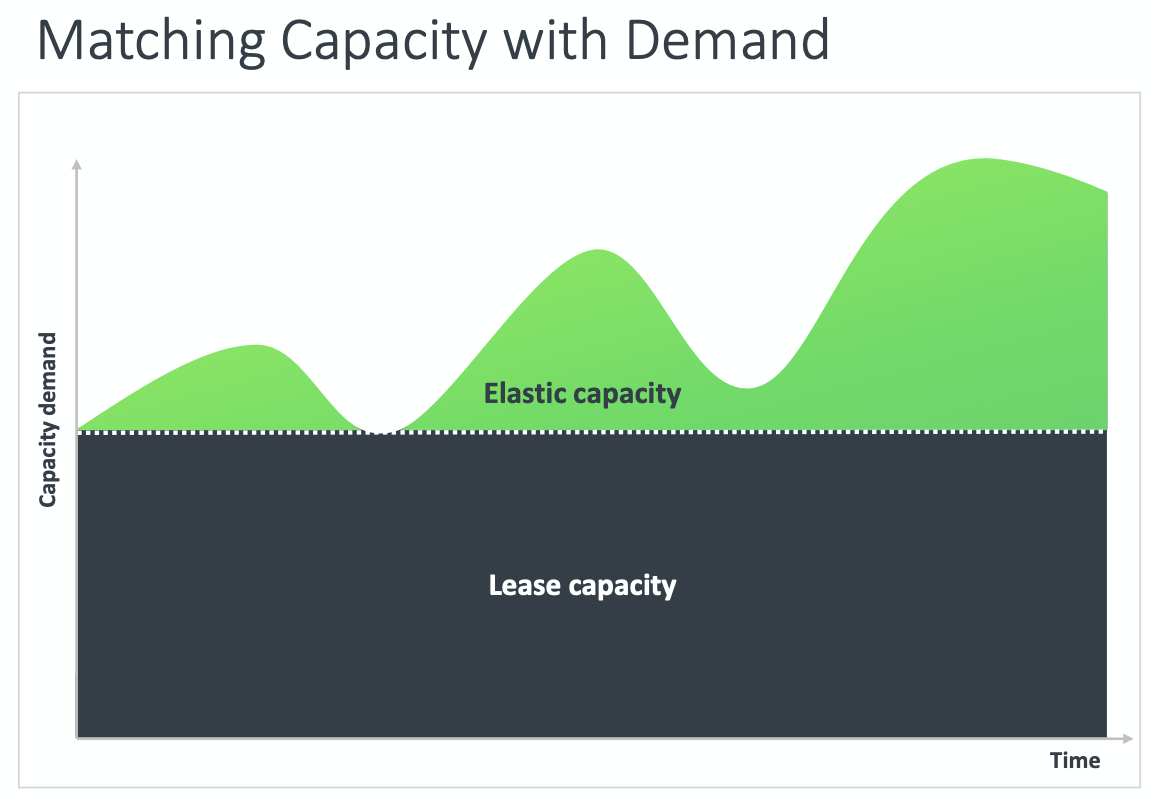and the distribution of digital products.
DM Television
Why Aren’t Customers Exploring Your Entire Software Portfolio?
Your software is excellent. So, what’s preventing your customers from knowing more about—and adopting—more of your software offerings?
\ Cross-portfolio access to your software applications and features can help customers derive value from a greater number of your products. Yet, three common impediments may be in the way of getting customers to embrace the valuable features and services that you provide.
1. They Don’t Know About All You Offer.If you’ve used Microsoft Word for word processing, you’ve probably also tried Microsoft Excel for creating and editing spreadsheets, both part of Microsoft 365 (formerly the Microsoft Office Suite). Maybe you use Adobe Acrobat Pro and occasionally have tried to edit some photos in Adobe Photoshop; both applications are part of Adobe Creative Cloud. In each of these examples, you’ve explored the offerings within a software supplier’s portfolio.
\ The need for users to explore the software they use from their preferred providers isn’t just limited to what’s available from these ubiquitous offerings. Software producers across a wide variety of industries—medical, payments, restaurant management, fintech, security, and many more—offer robust software suites and portfolios. They include a variety of applications; each application includes varied, evolving features.
\ Customers may select to do business with a company for a particular application or function of that app. Those same customers are likely looking for other functionalities to support their business. Maybe the customer needs an advanced function that may be available in different versions. Maybe they require limited-time access (such as for seasonal or project-based needs) to a particular application or feature.
\ Maybe they’re looking for a new app to meet a specific need. If they don’t know what you offer, they’ll look elsewhere. You’re missing out on business.
2. You Make It Difficult for Customers to Try New Things.You sold a perpetual license to a customer for your flagship application. Maybe that user loves it and is loyal to that product. When you release a new feature, is it available to that user? Or are they locked into a restrictive software license, such as a perpetual monetization model (for which they paid for unlimited use of a particular software version), perhaps meaning that they can only get that new great feature if they upgrade to a newer version? Do they require a full year’s subscription for the product they need for just two weeks?
\ If your entitlement management process (how access to software, devices, systems, and content is administered) is overly restrictive, you may be undermining business growth. By restricting access to your software products, you’re inherently preventing the exploration and adoption of your product. You’re preventing customers from learning about and trying everything you offer.
3. Your Approach to Software Monetization Isn’t Flexible Enough to Match Capacity and Demand.Each of your customers rides the waves of busy seasons in their particular business. When things are hectic, their demand for your product may go up. Perhaps they need additional users to access your software. Perhaps they would like to access your software’s premium features. Perhaps they need an additional application in your portfolio. If you’re unable to deliver the capacity that they demand, you’re missing out on opportunities to sell your entire portfolio to that account.
\
\n Elastic access is a flexible approach that can remedy this mismatch. Rather than providing a static leased licensing capacity, elastic access offers an agile approach to the delivery of flexible usage rights. This pay-per-use approach (using what is sometimes called “prepaid,” “flexible credits,” “metered tokens,” or “consumptive tokens”) is highly practical for products and services where fluctuating usage patterns are likely.
\ Customers can exchange prepaid credits to access any offering within your portfolio. This approach provides usage rights that stretch to accommodate your customers’ need for sporadic periods of higher consumption, allowing them to pay for specifically what they need during seasonal peaks, for specific projects, or for short-term occasional use by a particular license holder. Not only does a customer gain access to the product they need, but it helps align the expense you charge with the value that customers receive from your products.
\n With elastic access, every consumptive event is reflected in real time. You benefit from real-time, granular usage data. This provides rapid software usage insights that can help product managers see the results of changes to products, influencing product roadmap and pricing/packaging decisions, while also supporting cross-sell and upsell initiatives. A flexible approach can also help software companies expand into new markets by providing easy entry to offerings.
Access to Your Entire Portfolio Benefits the Entire BusinessCustomers want to buy software in ways that fit their needs. Instant scalability, streamlined procurement, cost optimization and cost allocation functionality, and the ability to try new offerings without committing to long-term subscriptions are all essential for many customers. When you provide these, it benefits your bottom line, supporting customer retention and recurring revenue. Reducing friction in the sales process is always good business.
- Home
- About Us
- Write For Us / Submit Content
- Advertising And Affiliates
- Feeds And Syndication
- Contact Us
- Login
- Privacy
All Rights Reserved. Copyright , Central Coast Communications, Inc.
